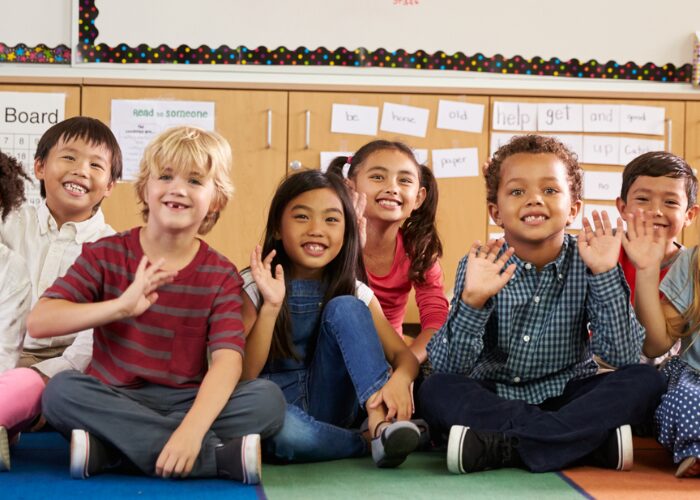During times of air quality issues, many articles and social media posts will mention “ozone” as a factor. However, many people are uninformed about what ozone is and does, and how it can potentially affect their health.
What is ozone?
Ozone, also referred to as O3 or simply ‘smog,’ is a pollutant of pale blue gas with a distinctive, pungent smell. The oxygen we breathe is made of two oxygen molecules, while ozone is made up of three oxygen molecules. However, ozone has different effects at different regions of the atmosphere. In the upper atmosphere (roughly 12-19 miles above ground), ozone is naturally occurring and even beneficial, serving as a shield against certain types of ultraviolet radiation. At ground level, ozone is created from human sources and contributes to air pollution. Ground level ozone can cause health problems like difficulty breathing, and long term, it can even act like a sunburn on the lungs.
Who is sensitive to ozone air pollution?
There are four main groups of people who are especially vulnerable to the effects of breathing ozone: children, older adults, people with preexisting lung or respiratory conditions, and those who work or exercise vigorously outdoors. These groups are at higher risk of becoming sick by exposure to ozone, and may experience reduced lung function, inflammation of the airways and other symptoms.
How can I check the air quality in my area?
The Utah Department of Environmental Quality has an air quality forecast tool that helps determine how the highest pollution level of the day will affect people with various health conditions. The action forecast also notifies the public of the voluntary or mandatory actions (e.g., carpooling, wood burning) they need to adhere to for the current pollution levels. You can even download the UtahAir app or sign up for email alerts to stay informed.
What can I do to reduce ozone air pollution?
Luckily, we are not powerless when it comes to managing air quality. By traveling smarter, individuals can reduce their emissions and thereby improve Utah’s air. During July, the Clear the Air Challenge is encouraging Utahns to reduce single-occupant trips and track the money and emissions saved by using the TravelWise Tracker. Already, participants have logged almost 400,000 miles of alternative travel strategies such as carpooling, public transportation and trip chaining. These measures also decrease ozone pollution on the ground level and keep our communities healthy.
For more information on Utah’s air quality, or to check the ozone levels in your area, click here.


